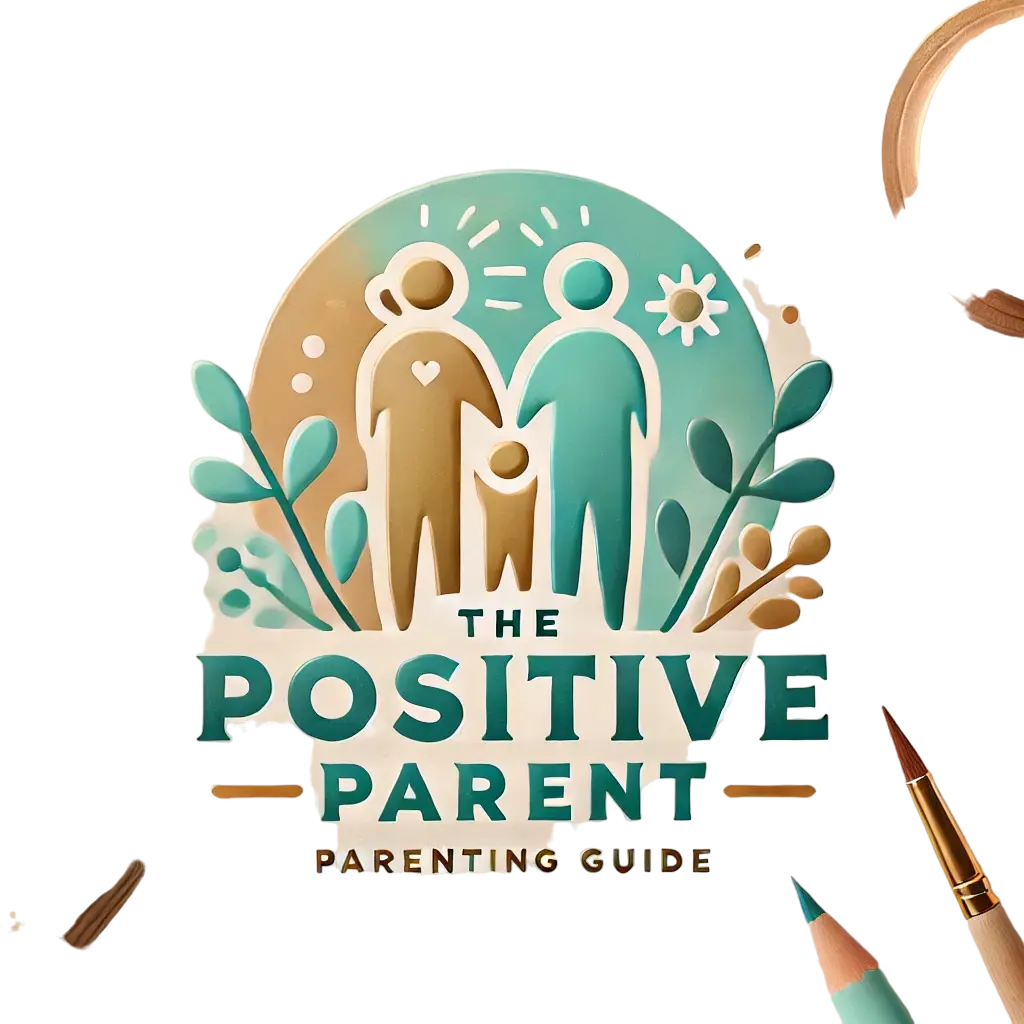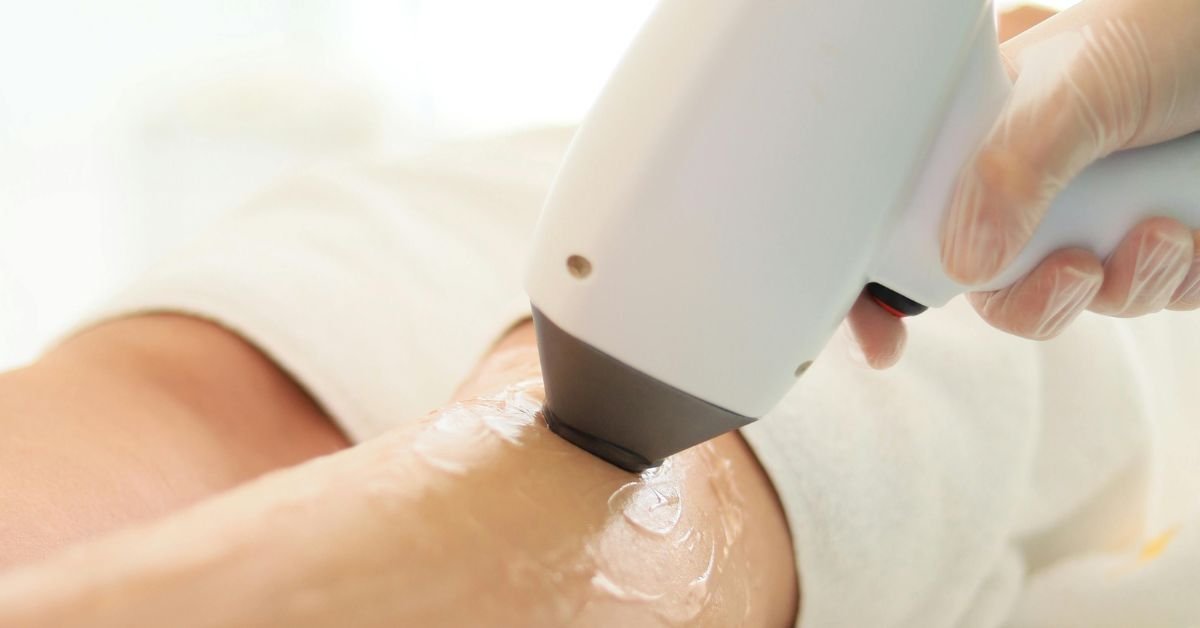New Therapy May Help Kids With Peanut Allergies Build Tolerance Over Time, Researchers Say
Category
Categories

Innovative Therapy Offers Hope for Children with Peanut Allergies to Develop Tolerance, Say Researchers
While the new treatment shows promise, experts advise families to seek guidance from allergists to create a comprehensive strategy.
Peanut allergies are prevalent, affecting around 1%-2% of the U.S. population and ranging from mild symptoms like nausea to severe anaphylaxis, which can be life-threatening.
Traditionally, managing peanut allergies involved strict avoidance to prevent severe reactions. However, recent studies propose that gradually exposing children with significant peanut allergies to peanut butter could enhance their tolerance levels and mitigate the severity of reactions.
What the Study Uncovered About Peanut Allergies
Children with a high-threshold allergy can usually tolerate a larger quantity of peanuts before experiencing a reaction, whereas those with a low threshold are more sensitive and may react even to minute amounts.
According to Scott H. Sicherer, MD, a professor of pediatrics and director of the Jaffe Food Allergy Institute, the majority of studies have concentrated on individuals reacting to minimal doses. The researchers aimed to explore the high-threshold group and implement oral immunotherapy with a straightforward regimen under strict allergist supervision to potentially benefit this population.
Oral Peanut Immunotherapy Approval by FDA
Prior research leading to the FDA’s approval of oral peanut immunotherapy (Palforzia) has primarily concentrated on individuals who show sensitivity to small doses of food allergens, like half a peanut or less. Based on Sicherer and his colleagues’ findings, approximately 800,000 U.S. children with a significant peanut allergy threshold could potentially benefit from the treatment explored in this study.
Understanding Palforzia
Palforzia is an FDA-approved oral immunotherapy specifically designed to manage peanut allergies in children aged 4 to 17. This treatment gradually exposes the child to peanuts, reducing the likelihood of a severe immune system response in case of accidental exposure. However, despite using Palforzia, allergists advise that children should still avoid peanuts and carry at least two epinephrine auto-injectors as a precaution.6
According to Sicherer, approximately half of individuals with peanut allergies can consume half a peanut kernel without any adverse reactions but might experience severe responses to larger quantities.
Sicherer aimed to investigate whether a more cost-effective approach to peanut oral immunotherapy would be effective. In a study involving 73 children aged 4 to 14, they randomly assigned 38 children to the peanut ingestion (oral immunotherapy) group and 35 children to the continued avoidance of peanuts group.
Introduction to Peanut Ingestion Study
The children in the peanut ingestion group started with a small daily dose of peanut butter, beginning at 1/8 teaspoon. Researchers then increased the dose gradually every eight weeks over a period of 18 months, reaching a final dosage of 1 tablespoon of peanut butter or an equivalent amount of another peanut product.
Results of the Study
According to Sicherer, the lead researcher, the tailored regimen for this group allowed most children to consume a meal-size portion of peanut while continuing their daily therapeutic peanut oral immunotherapy. Even after an eight-week break from the daily dose, the majority of the children were still able to eat the full serving without any adverse effects.
How This Therapy Can Help
Lisa Sammon, a pediatric allergist and director of Allergy and Immunology at Akron Children’s Hospital, notes that the research validates her observations with patients. Many children with peanut allergies can build tolerance with regular introduction in the home. Sammon highlights the importance of guided peanut introduction as many children may not be highly sensitized. Study participants were able to tolerate over 9 grams of peanut protein, equivalent to 3 tablespoons of peanut butter.
Dr. Sicherer emphasizes that this therapy could allow children with severe peanut allergies to eventually incorporate peanut butter into their diet like any other food. It is not a cure, but rather a treatment that showed success in those who underwent a two-month trial. Long-term avoidance of peanuts may reduce the therapy’s effectiveness.
Finding Out If This Treatment is Suitable for Your Child
Sicherer advises against parents attempting these findings at home due to the risk of severe reactions involved. Some children experienced allergic reactions, and one even required epinephrine for a reaction associated with the treatment. Nevertheless, this study has generated excitement among many allergists regarding its potential impact on their practices and patients.
“This has the potential to revolutionize our approach,” notes Mahboobeh Mahdavinia, MD, PhD, who serves as the director of allergy and immunology at UTHealth Houston. “The initial challenges and dose adjustments can be managed in allergist offices and continued at home with proper guidance.”
If your child could benefit from a peanut regimen, look for an allergist with experience in oral immunotherapy programs
According to Sammon, it’s essential to find an allergist with an established oral immunotherapy program if you believe your child could benefit from a peanut regimen similar to the one in the study. The clinician should be well-trained and experienced in peanut introduction methods and be capable of handling any potential complications.
Utilize Shared Medical Decision-Making with Families, Advises Sammon
Sammon emphasizes the importance of shared medical decision-making with families, highlighting that there are now more options available for patients with peanut allergies compared to previous years. It is crucial to discuss these options with families to ensure the best approach for individual patients.
Implications of the Study on the Long-Term Management of Peanut Allergies
The findings offer hope, but Sammon emphasizes that treating food allergies is not a one-size-fits-all solution. She points out that individuals have different reaction thresholds, and some may still choose to avoid allergens regardless of the risk of a reaction.
Sammon highlights the importance of discussing treatment goals with allergists due to these individual variations. While long-term outcomes are uncertain, allergists can help manage expectations through these conversations.
Sicherer suggests the need for further research to confirm the safety and effectiveness of the treatment approach. He indicates that allergists and patients can consider pursuing this option based on comfort levels, emphasizing the need for shared decision-making and caution in the process.
Can Kids Outgrow Peanut Allergies?
Contrary to previous beliefs, recent research suggests that up to 20% of children with peanut allergies may eventually outgrow them.
Sources: American College of Allergy, Asthma & Immunology, American Academy of Allergy, Asthma, and Immunology, New England Journal of Medicine, Cureus.
Gradual Introduction of Peanut Butter Helps Children with High-Threshold Allergy
A recent study has found that slowly increasing doses of store-bought peanut butter can allow children with high-threshold peanut allergies to safely consume peanuts. This method has shown promising results in desensitizing children to peanuts and reducing the risk of severe allergic reactions.
Background
Individuals with high-threshold peanut allergies face a significant risk of severe allergic reactions upon exposure to peanuts. This can lead to life-threatening situations and restrict their dietary options. Finding effective strategies to desensitize these individuals is crucial to improving their quality of life and reducing the fear associated with accidental exposure.
Research Findings
The study conducted by experts in the field revealed that by gradually increasing the consumption of store-bought peanut butter, children with high-threshold peanut allergies could build tolerance to peanuts over time. This process enabled them to safely incorporate peanuts into their diet without experiencing adverse reactions.
Implications
These findings have significant implications for children with high-threshold peanut allergies, as it offers a potential solution to help them overcome their food restrictions and fears. By following a carefully monitored protocol of gradual peanut consumption, supervised by healthcare professionals, these children can expand their diet to include peanuts while minimizing the risk of allergic reactions.
Conclusion
Gradually introducing store-bought peanut butter to children with high-threshold peanut allergies can be a safe and effective method to desensitize them to peanuts. This approach, when carried out under medical supervision, shows promise in improving the quality of life for these children and reducing the severity of allergic reactions associated with peanut consumption.



